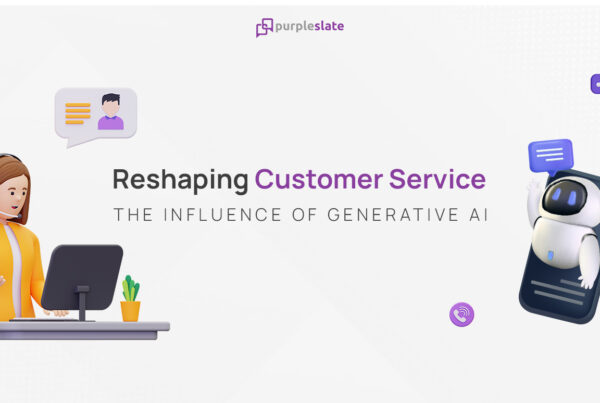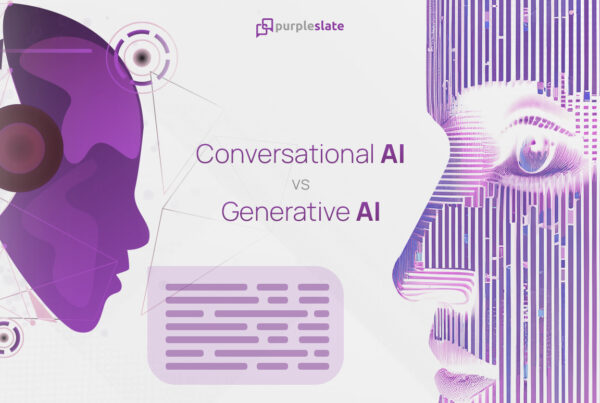
Does analytics start with a question?
Asking the right questions is becoming more of a lost art these days. More so, as we grow up and at places where it is so important to ask questions.
As a kid, a significant portion of our conversations and interactions with others were often comprised of questions. What, When, Where, How.
All those question words seem to be going off our vocabulary as we grow up; partly because, as we grow up in life, as we mature, and as we start knowing more, we are often rewarded more for providing the Answers. The art of questioning, which could be very basic, is often frowned upon or we perceive it that way and hence take the comfortable route of keeping quiet.
What are Questions for?
This has a profound meaning, especially in the data-driven digital world of today and the challenges organizations face in data-driven decision making process. Questions are for getting the right answers to solve a problem.
There are two major aspects to asking questions. The Intent of the question and the Scope of the problem at hand. The intent could be to affirm what we already know or to discover something that we did not know.
Let’s try to apply these in the realm of data analytics. A combination of these two aspects, Intent and Scope, leads us to Four types of questions that someone might ask on data.
- Intent – the problem at hand and what we are trying to solve with the answers from the data.
- Scope – the extent to which we want to do our analysis.
Clarifying Questions, with a narrow intent and reaffirming what someone might already know. The answers to these questions help remove ambiguity and misunderstanding. These questions have to be a simple request for additional information and in the decision-making process, these simple questions help us set the necessary ground for understanding the problem.
Assume you are finding ways to optimize the costs and analyzing the infrastructure cost spend for your enterprise. Some of the clarifying questions to get started on the exercise could be “Hmm. Let me make sure I got my facts right.”
“What is our budgeted infrastructure cost? How many days did we operate last month? How do we collect this data? Is this even the right source for the information?”
As basic as they may sound, not asking these questions could cause significant damage to the understanding of the problem space. In the veil of being Simple, most often our personal strong Confirmation Bias would lead us to make assumptions by skipping these questions.
The next ones in the series are called Adjoining Questions or exploratory questions.
Questions that help us get answers in the related, yet relevant aspects of the domain. At times our intense focus on the immediate problem space would lead us to ignore the related questions around the periphery. The answers to these adjoining questions could affirm what we already know, but from a larger perspective, and helps us get a broader understanding of the problem space.
These could be those “Let me look beyond this month. Let me do some comparison, benchmarks, and relative measures. How has it been behaving all these days? How about there? How about them?”
“How much was the infrastructure cost the month before? How about the last six
months? How is it trending? What are some of the significant contributors to the cost? Which ones are not?”
Having gained a deeper understanding of the problem at hand and a little more about the ecosystem with the Clarifying and Adjoining questions, Funnelling Questions help us dive deeper into the problem at hand and uncover problem space unknowns. The answers to these questions help us discover something new, and focused more on the root of the problem. This approach is widely used in the root cause analysis (RCA) of any problems.
“Let me look deeper. Let me slice and dice to granular details and see what could be the contributing factors.”
“Let’s break down the cost into granular form. Did we make any changes recently that impacted the cost? Is there a spike in a related attribute to drive the cost up?”
Having done a decent analysis of the root cause of the problem, and with a deeper understanding of the foundational aspects of the problem, the Elevating Questions help raise broader issues and highlight the macro picture. As the name goes, these questions really help us elevate our thinking and address the right problems that need to be solved, and to take preventive measures.
It is like saying “Let’s take a step back and see why this happening?”, “How we could have avoided this in the first place?”, “Is it even worth spending the time to analyze the issue?”
In today’s data-rich world, we are flooded with instant answers, opinions, and supposedly facts more than ever, at a hyper pace. This results in us engaged in constant pursuit of quick-fix solutions, ignoring the need for a more complex analysis via more questions.
It is time to slow down and ask more questions. As the author says, “In order to make the right decisions, people need to start asking the right questions that really matter.” Time to reward questioning.
Start asking the right questions on your data with Kea or Talk to your Data.®
This will be the first of five part series on asking questions. Watch out this space for more on this topic and anything related to Conversational AI. Want a demo on Kea, the smart virtual data analyst? Talk to us.
Reference: HBR: h ttps://hbr.org/2015/03/relearning-the-art-of-asking-questions




